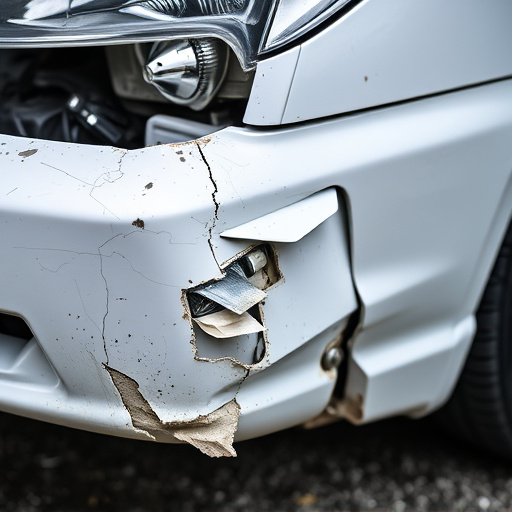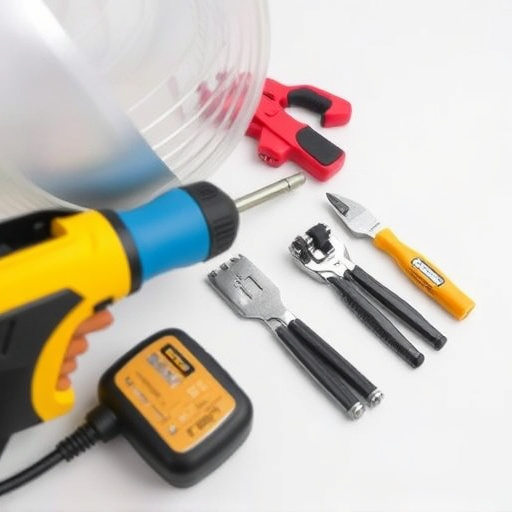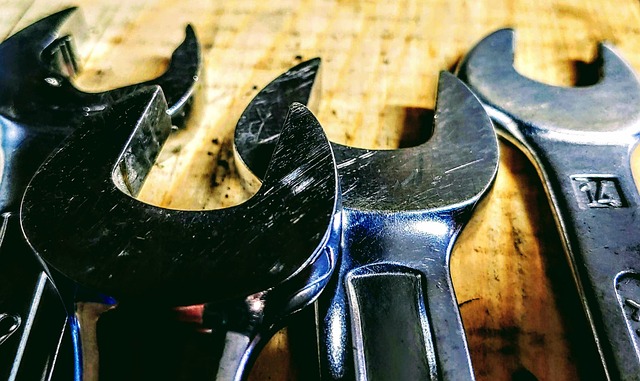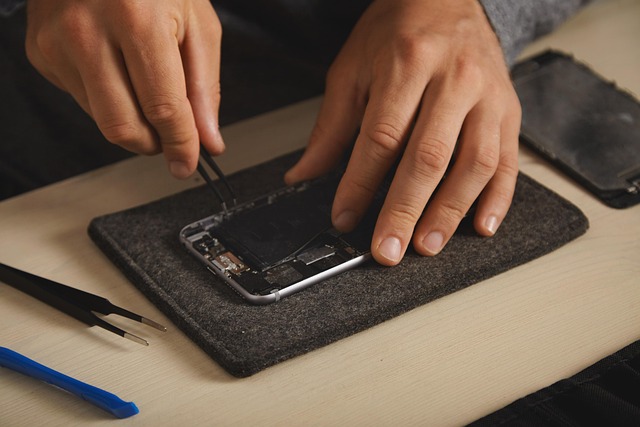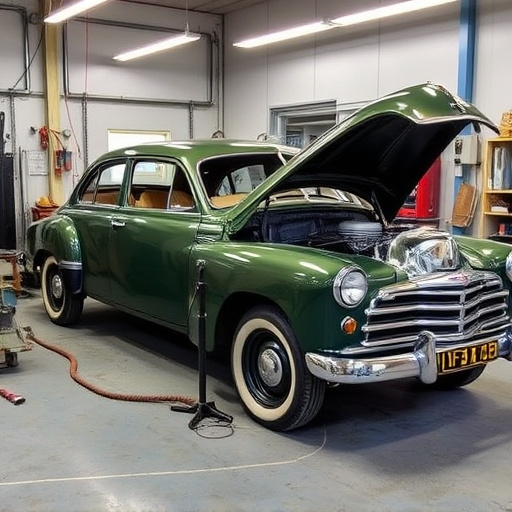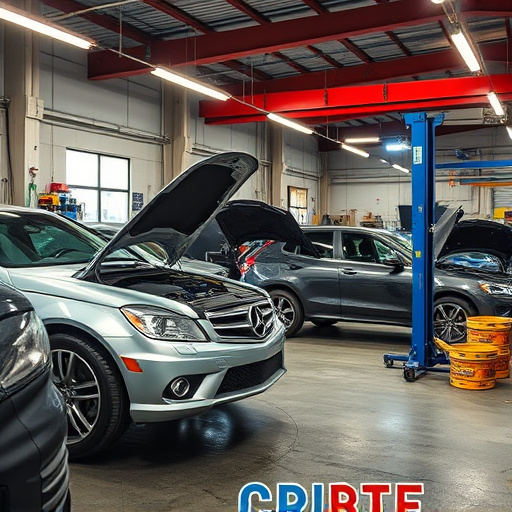Managing delay concerns in collision repair is vital for efficient process flow and customer satisfaction. Factors like parts availability, complex repairs, and technician skill levels can cause bottlenecks. By anticipating these delays through strategic task prioritization, clear communication, streamlined processes, and digital systems, collision repair facilities can optimize operations, allocate resources effectively, and provide transparent updates to customers. Effective communication, including prompt acknowledgments, regular updates, empathy, and open concern addressing, builds trust and enhances client retention.
In the fast-paced world of collision repair, managing delay concerns is a delicate art. This comprehensive guide delves into the heart of these delays, offering strategic insights to streamline your process. From identifying time-consuming factors to implementing efficient communication practices, we equip you with the tools needed to excel in a competitive market. Discover best practices that foster customer satisfaction and ensure every step of the collision repair journey is executed with precision and timeliness.
- Understanding Delay Concerns in Collision Repair
- Strategies to Efficiently Manage Time Delays
- Best Practices for Communication and Customer Satisfaction During Repairs
Understanding Delay Concerns in Collision Repair

In the realm of collision repair, delay concerns are a common hurdle that can significantly impact the overall process and customer satisfaction. These delays can arise from various factors such as parts availability, complex repair techniques required for specific damage types (like car scratch repair or dent removal), and the skill level of the repair technicians. Understanding these potential bottlenecks is the first step towards efficient collision repair management.
Collision repairs encompass a wide range of vehicle body repair services, each with its own set of challenges. For instance, while simple dent removal might be swift, intricate paint jobs or structural repairs could take considerably longer due to the need for specialized equipment and expertise. By identifying these delay concerns in advance, collision repair facilities can better plan their operations, allocate resources effectively, and communicate transparently with customers regarding expected timelines.
Strategies to Efficiently Manage Time Delays
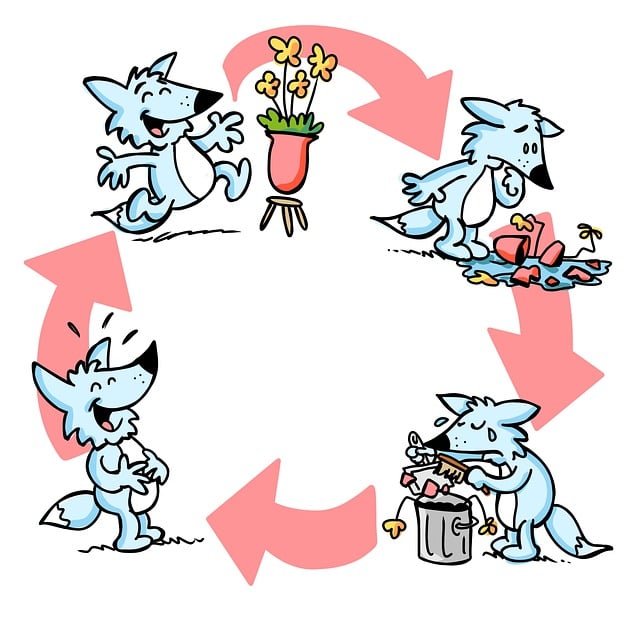
Managing delay concerns in collision repair is a strategic process that involves several efficient time management techniques. One effective strategy is to prioritize tasks based on their urgency and impact on the overall repair timeline. By focusing on critical repairs first, technicians can minimize wait times for customers while ensuring the most significant issues are addressed promptly. Additionally, establishing clear communication channels between staff, customers, and parts suppliers can significantly reduce delays. Prompt updates on part availability and potential delays in delivery can help set realistic expectations and prevent frustration among clients.
Another key approach is to streamline processes within the repair shop. Optimizing workflow, implementing digital systems for part tracking, and utilizing efficient tools for vehicle dent repair, tire services, or car bodywork can all contribute to faster turnaround times. Regular staff training on time management and process improvement ensures that everyone involved in collision repairs remains focused on minimizing delays, ultimately enhancing customer satisfaction with the service provided.
Best Practices for Communication and Customer Satisfaction During Repairs

Effective communication is a cornerstone of managing delay concerns during the collision repair process. The moment a client brings their vehicle to an auto collision center for repairs, setting clear expectations becomes paramount. Mechanics and staff should promptly acknowledge the situation, explaining the estimated time frame for each repair stage to ensure the customer understands the process. Regular updates on progress, even minor ones, can significantly enhance customer satisfaction. Text messages or email notifications could be utilized to keep clients informed about any changes or delays, fostering transparency.
A satisfied client is more likely to appreciate the challenges that arise during complex vehicle paint repair, especially when there’s a need for parts replacement or unexpected technical issues. Showing empathy and keeping them in the loop can go a long way toward building trust. It’s crucial to address their concerns openly, offering solutions and alternatives if delays are unavoidable. This proactive approach not only manages expectations but also ensures clients feel valued, even during unforeseen circumstances, ultimately leading to better customer retention for collision repair services.
Managing delay concerns in collision repair is paramount for maintaining customer satisfaction and workshop efficiency. By understanding common causes of time delays, implementing strategic time management techniques, and fostering open communication, collision repair facilities can streamline their processes and deliver timely services without compromising quality. Addressing these issues makes it possible to navigate the challenges posed by delay concerns, ensuring a smoother and more satisfying experience for all stakeholders involved in the collision repair journey.
